Military aggression not first by China, won't be last: CTA President Lobsang Sangay
The military aggression across the Himalayas is not the first by China and it won't be the last. India never shared a border with China -- it is the Indo-Tibet border
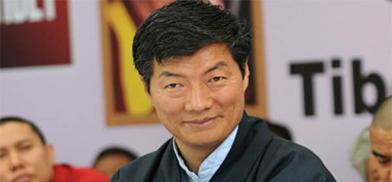
The military aggression across the Himalayas is not the first by China and it won't be the last. India never shared a border with China -- it is the Indo-Tibet border. Knowing its strategic significance, India should consider the geopolitical importance of Tibet as one of its core issues. These were the views of Central Tibetan Administration (CTA) President Lobsang Sangay, known as 'Prime Minister-in-exile', regarding the Himalayan border clash between India and China that left 20 Indian troops dead earlier this month.
"China recognised Tibet as a core issue in terms of China's national security and development since 2008, you know, for instance, Chinese President Xi Jinping has been on the record to say China's national security and stability depends on security and stability of Tibet," Sangay, the youngest to head the government-in-exile, told IANS in an exclusive interview in Dharamsala, the headquarters of the government-in-exile.
"That's how Tibet is geopolitically important for China. Knowing the strategic significance of Tibet, India should consider the geopolitical importance of Tibet as one of its core issues," he said.
On China's latest military aggression, the 51-year-old Harvard educated democratically elected CTA head, said: "Ongoing China's military aggressions across the Himalayas are not the first military aggression by China and it won't be the last.
"As matter of fact, India never shared a border with China, it's the Indo-Tibet border. Tibet served as a zone of peace in the form of a buffer between India and China for more than thousand years ago. Today, it is no longer the case since China's invasion of Tibet in 1950.
"By invading Tibet, China has militarized the entire Tibetan Plateau, which poses security threats to Tibet's neighbouring countries. For instance, China's military encroachment in Doklam in 2017, Ladakh and Sikkim are just the tip of the iceberg."
Toeing the path adopted by Tibetan spiritual leader the Dalai Lama for years to resolve the issue of Tibet with China through the 'middle-way approach', Sangay described the violent military face-off and death of the Indian soldiers uncalled for.
"Last 70 years, we have been saying that we learn a lesson from Tibet's experience. When Tibet was occupied, Mao Zedong and Chinese communist leaders strategised that Tibet is the palm and Ladakh, Nepal, Sikkim, Bhutan and Arunachal are the five-finger.
"This is China's strategic design to expand its expansionist policy to South Asia. By invading Tibet the palm, now Chinese troops are coming into these five fingers.
"At the same time, China is putting pressure on India's immediate neighbours Nepal, Bhutan, Bangladesh, Sri Lanka and Maldives for encircling India to check India's existence in Asia," Sangay said.
On boycotting Chinese goods to deal with China economically, he said Beijing is the manufacturing hub of the world and is the major trading partner for many countries.
"I think collectively, countries must cut down their trade dependence on China. There are a lot of things that can be done on the government level, also I think celebrities are a major influencer when it comes to consumerism and therefore, they shouldn't promote China made products."
"As I keep saying, a resolution for resolving the Tibet issue is making Tibet a peace zone," he said.
"Asia's future cooperation and development depends on the nature of India-China relations. Having robust relations between China and India, the Tibet issue must be resolved; in theTibet issue lies the centrality of China-India relations.
"Creating Tibet as a zone of peace in Asia is a win-win approach. Having said that, I see, the future of Asia depends on the Tibet issue," Sangay was categorical in saying (IANS)




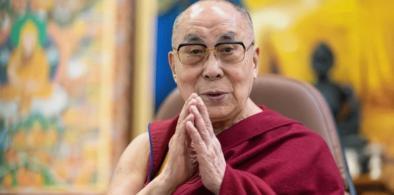
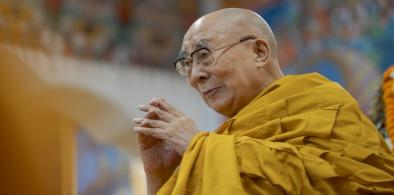
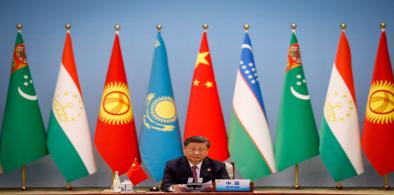
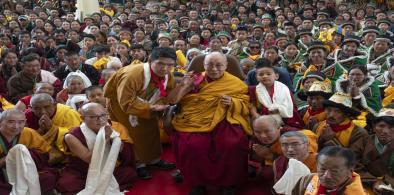

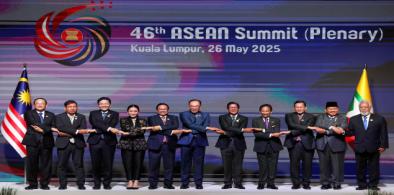
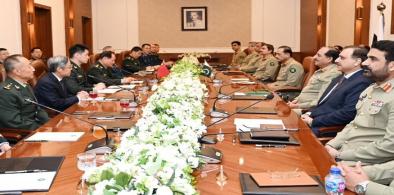
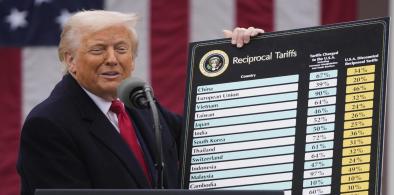
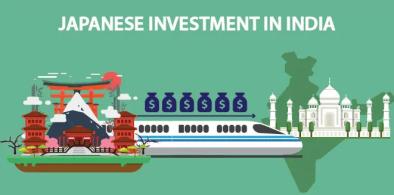






Post a Comment